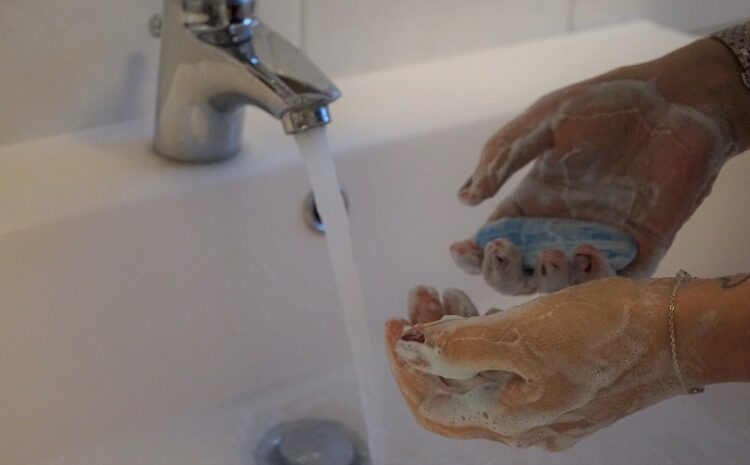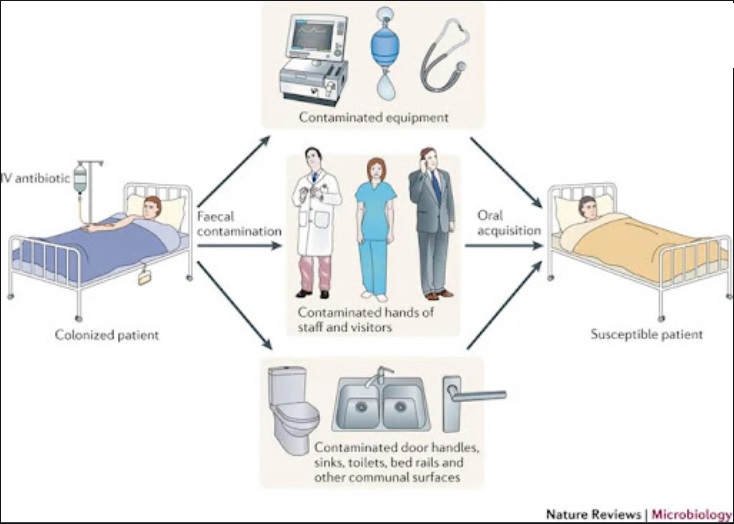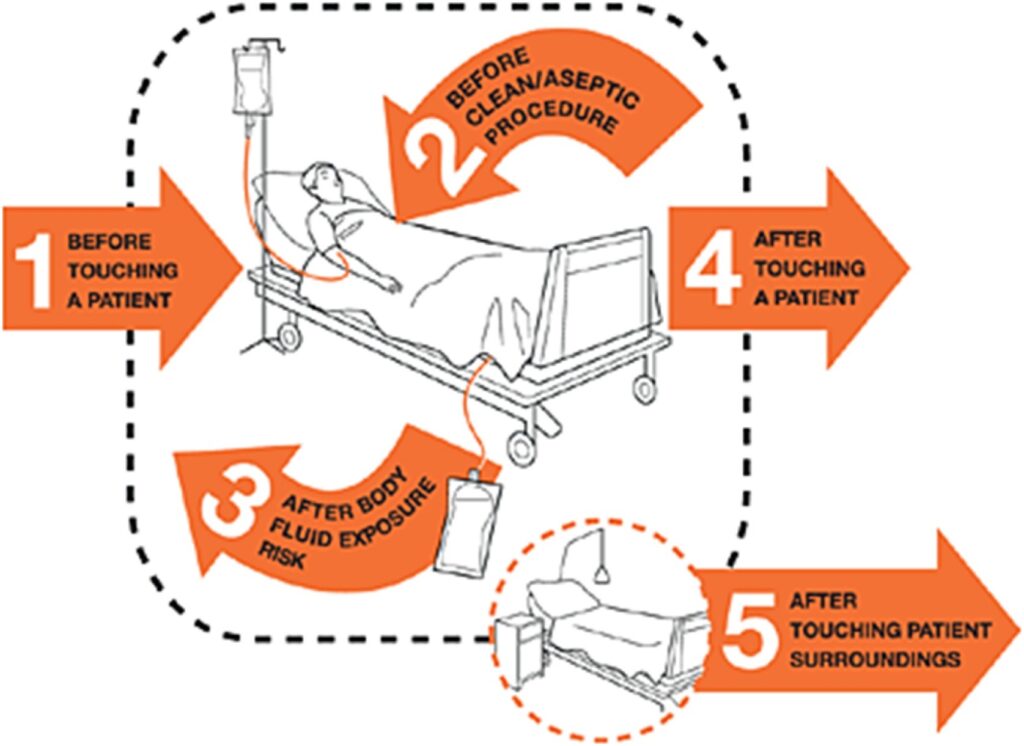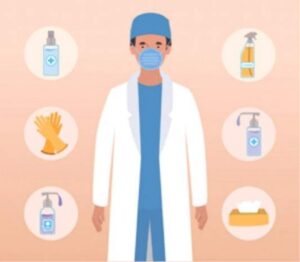Hand Washing – The History & Science

Also popularly known as hand hygiene, hand washing can be defined as the act of cleaning hands for the removal of dirt or microorganisms. This is usually performed as personal habit, but commonly associated medically too. Nowadays specially being brought to everyone’s notice in light of the recent prevailing pandemic, hand washing has gained a long over-due gain in importance. Let’s explore the history and science behind this seemingly simple task!

Having multiple methods to advocate the cleanliness of hands via soap, disinfectant or even ash, the tradition of hand washing first came into spotlight in the mid 19th century, and it was recognised and propagated by two eminent personalities – Hungarian physician Ignaz Semmelweis and the English Founder of “Modern Medicine” Florence Nightingale.
The personal implementation of hand washing is as imperative as it is in the medical fraternity, now even more than before. Hand hygiene simply must be maintained, specially before consumption of meals, and after using the toilets. It prevents multiple faeco-orally transmitted diseases, such amoebiases, cholera, typhoid, and dysentery and of course Covid-19. The regular practice of hand washing and maintaining hand hygiene has the potential of curbing multiple such epidemics and even pandemics. This is the best way of prevention of deadly diseases.
The best and one of the oldest and the best example of this can be none other than Mary Mallon. Popularly known as Typhoid Mary in 1900s, Mary Mallon was employed as a cook in the United States, and was identified as the first asymptomatic carrier of Salmonella typhi – the pathogen responsible for the typhoid fever. She, unknowingly, was responsible for almost 50 fatalities via meals prepared by her. All of these deaths could have been avoided, had she maintained hand hygiene before the preparation of meals. Mary was forced into quarantine twice in her life for a total of 26 years!

(Check this link to read an in-depth article on Typhoid Mary.)
The habit of hand-washing slowly but steadily proved its magnanimous importance in our medical fraternity, be it due to foodborne outbreaks or the epidemics of swine flu, and even the rapid hand washing in the healthcare setting is solely to avoid transmission of pathogenic micro-organisms, specially from one patient to another. Many highly infectious microorganisms such as staphylococcus, streptococcus, pneumococci, MRSRA (Methicillin resistant Staph, aureus) Salmonella, Shigella, Corona virus, Rota virus and the list goes on. This can be prevented from causing major and rampant damage, not to mention the spread of aforementioned faeco-orally transmitted diseases can be widely reduced, by the simple habit of maintaining hand hygiene. The technique to contain and reduce the epidemic and pandemic frequency is none other than this elemental skill.
Hand washing must be practised not just by the surgeons but the physicians who inspect multiple patients, both indoor and outdoor patients on a daily basis. Maintenance of hand hygiene is of primary importance, and helps prevent unnecessary complications, especially of widespread diseases. However, in our hospitals, the concern with nosocomial (hospital borne) infectivity is minimal. According to the World Health Organisation, at any given time over 1.4 million people across the globe suffer from a nosocomial hospital-acquired infection (HAI). The first step towards improving these statistics is the essential implementation of hand hygiene, and this parlour trick can reduce the mortality and the morbidity rate fast.

The process of hand washing goes as follows – firstly remove all accessories that have been worn, such as watches, rings and other jewellery. Then wet hands in warm water. Using soap lather all surfaces, including the lower one third of the arms and under the nails, for the better half of a minute, as per the recommended duration. In case of surgical scrubbing, chlorhexidine or iodine must be used instead of soap. Rinse off for thirty full seconds. Dry completely with a clean disposable towel. Then use the towel to turn the tap off.

Simple steps of hand washing
The World health Organisation has recommended “Five moments” for washing hands.
- Before patient care
- After environmental contact
- After exposure to blood body fluids
- Before an aseptic task
- After patient care
The following situations can be adapted to reduce nosocomial transmissions specifically.

This primitive procedure seems gargantuan, especially if expected to be carried out at such frequent intervals. However there have been various other attempts at the maintenance of hand hygiene intermittently. For one, the introduction of alcohol and gel rinses have gained immense popularity amongst the western cultures of medicine. They take far less time to use, and the higher concentration of 50 to 95% are as effective in killing organisms as regular hand washing.
Unfortunately the use of these is minimal, although highly convenient. Even though they have been implemented inside selected hospitals, they are barely being used. This situation is further emphasised by the fact that administrative and financial support in public hospitals is insufficient to fund full infection control programmes, which invariably results in increased spread of infection.
This is one of the gravest, yet one of the simplest problems faced by our profession. The responsibility to include hand hygiene as a part of clinical examination is pressing down upon us heavily, and is unnecessarily costing us the lives of many of those who entrust us, as doctors, with their health.

The solution to this problem though in theory may sound very meagre, is nothing short of Herculean task. Propagating the importance of maintaining hand hygiene and the indispensable use of alcohol and gel rinses from time to time and between every patient contact, must be done. The doctors, both surgeons and physicians alike, as well as the nursing staff, must be educated about the significance of this basic skill. The idea of hand washing must be publicised. This can be done by holding seminars about the benefits of hand washing, and small pamphlets and posters can be printed out, briefly explaining the process of hand washing and its benefits, which could be put up near sinks.
There goes a proverb, “Hygiene is two thirds of health”. The propagation of this basic habit goes a long way to reduce the complications of the pathogenic microorganisms and prevent such further pandemics. It is an avoidable consequence, and we, as doctors, should take it upon ourselves to make this minor change in our daily habits for the betterment of our patient We must also propagate this idea amongst our patients, to reduce the spread of such diseases.
The minimal duty of the general population to curb such a rampant spread lies in this small, and extremely essential task. After all, this small act can be the drops which form the big ocean of high quality of hygienic and safe environment in the world.

By Dr. Rajeev Redkar
M.ch. (Paed Surg), FRCS (Paeds), FRCSEd, FRCSG, DNB, MS (General Surgery), FCPS IAS Consultant Paediatric Surgeon, GSBS Medical Centre, Lilavati Hospital and Research Centre, Bandra, Sushrusha Cooperative Hospital Dadar

By Dr. Anuja Redkar
MBBS Intern at Grant Medical College and JJ Group of Hospitals.



